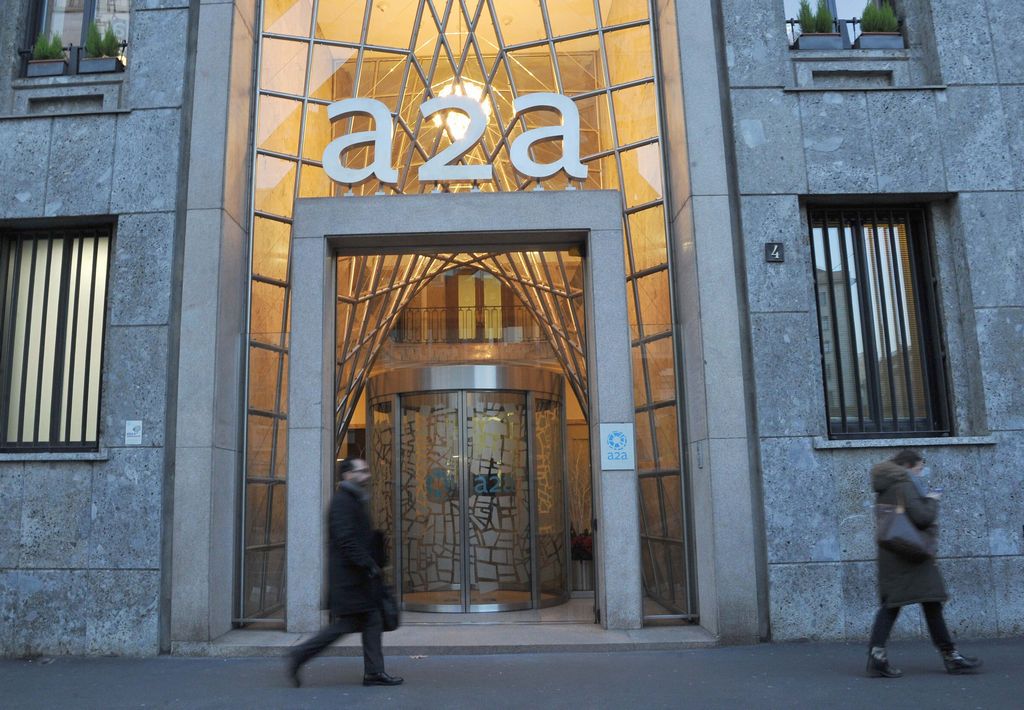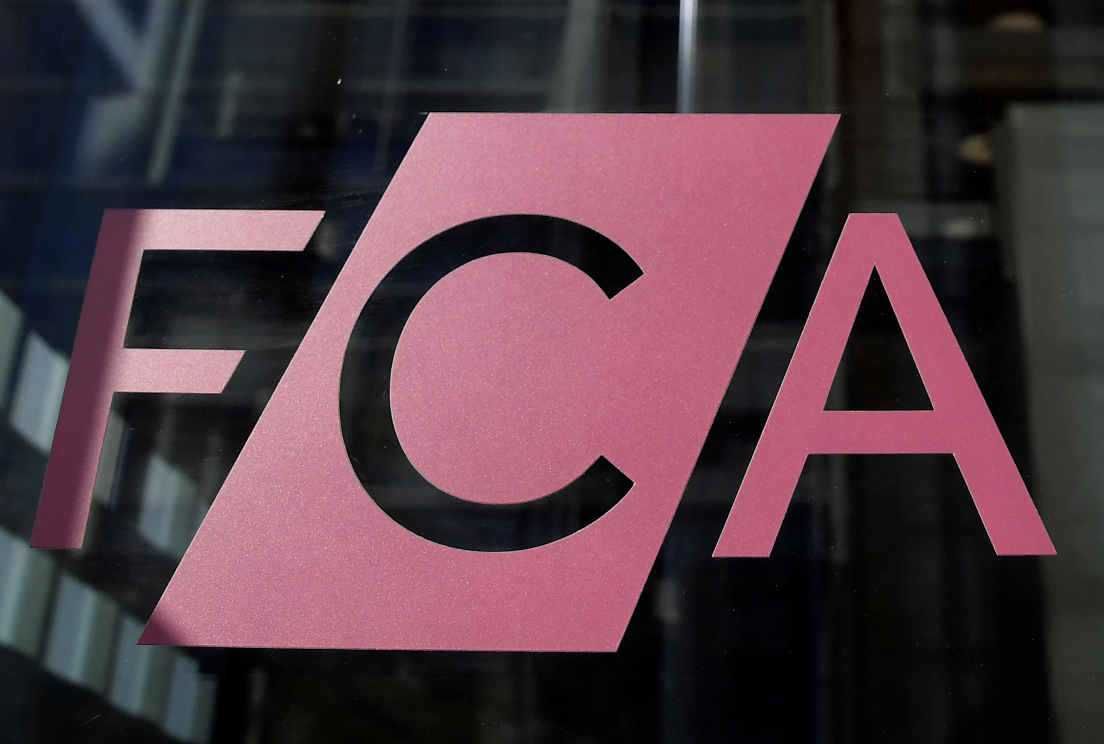Italian utility A2A Invests $120 Million to Make Waste-to-Energy Plant More Sustainable, Cut Emissions

|
Listen to this story:
|
Brescia confirms itself as a model for decarbonisation: new technology inaugurated that makes the via Malta plant even more efficient and sustainable
- Around 110 million invested to recover heat from chimney fumes, 45 million just to reduce emissions
- For the same amount of waste treated, additional thermal energy for 12,500 families. Emissions, already well below the legal limits, will undergo a new cut of 40%
- The waste-to-energy plant avoids the emission of over 830 thousand tonnes of CO 2 per year, equal to the carbon dioxide absorbed by 5 million trees
- On 3 and 10 March the plant will be open to citizens to introduce the new technology up close
Putting energy into circulation, so as not to waste anything, recovering any waste heat that can contribute to the decarbonisation of the city’s district heating. This is the objective achieved by A2A in Brescia through an investment of approximately 110 million euros to make the waste-to-energy plant even more efficient and sustainable , of which 45 are intended for plants that allow a further cut in emissions. Thanks to an innovative technology it will be possible to generate additional thermal energy for 12,500 families for the same amount of waste treated , thus reducing the use of gas to power the district heating network and bringing the system efficiency close to 100% (from 84% at 98%) .
The solution was inaugurated by the CEO of A2A Renato Mazzoncin in the presence of the institutions: Laura Castelletti , Mayor of Brescia; Attilio Fontana , President of the Lombardy Region and Emanuele Moraschini , President of the Province of Brescia.
“This technology adds to the numerous projects carried out in recent years to make Brescia’s environment-energy system increasingly efficient. Thanks to the levels of separate collection achieved and the recovery of energy from non-recyclable waste, the city has eliminated landfill disposal – explained Renato Mazzoncini, CEO of A2A -. With the new flue gas line, which maximizes the efficiency of the waste-to-energy plant, we increase the thermal energy produced by the TU intended for heating Brescia families. A project that confirms A2A’s commitment to the decarbonisation of the urban fabric and the reuse of the energy available in the area. We are working to ensure that district heating increasingly uses waste heat from large industrial plants to heat without producing CO 2 . A model of circularity in which Brescia leads the way but which we want to export to other territories.“
“In 1992, in the city council, I voted in favor of the construction of the waste-to-energy plant in Brescia, proposed by the then ASM – recalled the Mayor of Brescia Laura Castelletti -. A choice which, as was the case for district heating and the subway, testifies to the foresight of the city’s good governance. This plant, launched in 1998, has allowed the city to eliminate waste disposal in landfills and start the process of decarbonisation of district heating, another flagship of the city. A path that today takes a new significant step forward. In recent years, as the Administration and as shareholders of A2A, we have always pushed the company to invest to make the city more competitive and sustainable. We want A2A to be at our side in the epochal challenge to make Brescia a European green capital. We know there is no shortage of problems. But the path taken is the right one. Heating and providing energy using waste means avoiding the emission of large quantities of CO 2 . Today, while many Italian territories are still forced to export their waste, Brescia presents itself as a national model of sustainability and circular economy “.
“Brescia confirms itself as a territory of innovation – commented the President of the Province of Brescia Emanuele Moraschini -. The project that A2A inaugurates today will allow 12,500 apartments to be heated without using fossil fuels, further cutting emissions into the atmosphere. An example of a circular economy that is even more precious in an area like ours, grappling with the problems of climate change and air pollution. Combining virtuous waste management and a system like district heating was a happy intuition that places Brescia among the capitals of sustainability.“
What started out as a laboratory 50 years ago, with the first district heating network in Italy, is today the Brescia model: an integrated energy-environment system capable of combining the production of electricity and heat, district heating and waste cycle management , eliminating the use of landfill.
Related Article: Nokia commits to net zero greenhouse gas emissions by 2040
A virtuous process that has been further improved. The “flue gas cleaning” project has in fact been concluded with the launch of new fume treatment and energy recovery systems on all three lines which will allow 164 GWh/year of additional heat to be injected into the district heating network with zero environmental impact , maximizing the plant’s performance and returning almost all of the potential energy contained in waste to citizens in the form of electrical and thermal energy. A best practice on the ecological transition front which, in addition to putting the heat present in the fumes back into circulation, will further cut emissions, the values of which, already well below the legal threshold, will be reduced on average by 40% .
The plant recovers electrical and thermal energy every year from approximately 720,000 tons of waste that is not otherwise recyclable, avoiding disposal in landfill and at the same time, the use of fossil fuels to heat and supply electricity to the city. The three lines of the waste-to-energy plant generate over 70% of the heat distributed by the district heating network (861 thermal Gwh in 2023) and electricity equal to the needs of 180,000 families (506 Gwh in 2023). Numbers that allow saving around 160 thousand tonnes of oil equivalent per year, avoiding the emission into the atmosphere of 830 thousand tonnes of CO 2 (2023 data), equal to the carbon dioxide absorbed by over 5 million trees 1 .
If the Brescia model, where all waste is recovered either as material or as energy and nothing goes to landfill , were also applied to the rest of the country, Italy would take a step forward in the ecological transition. In fact, Italy still has to fill a gap in waste management systems: today it disposes of around 19% of its waste in landfill, a value far from the European target of 10% set for 2035, while in Brescia it has reached 0%.






